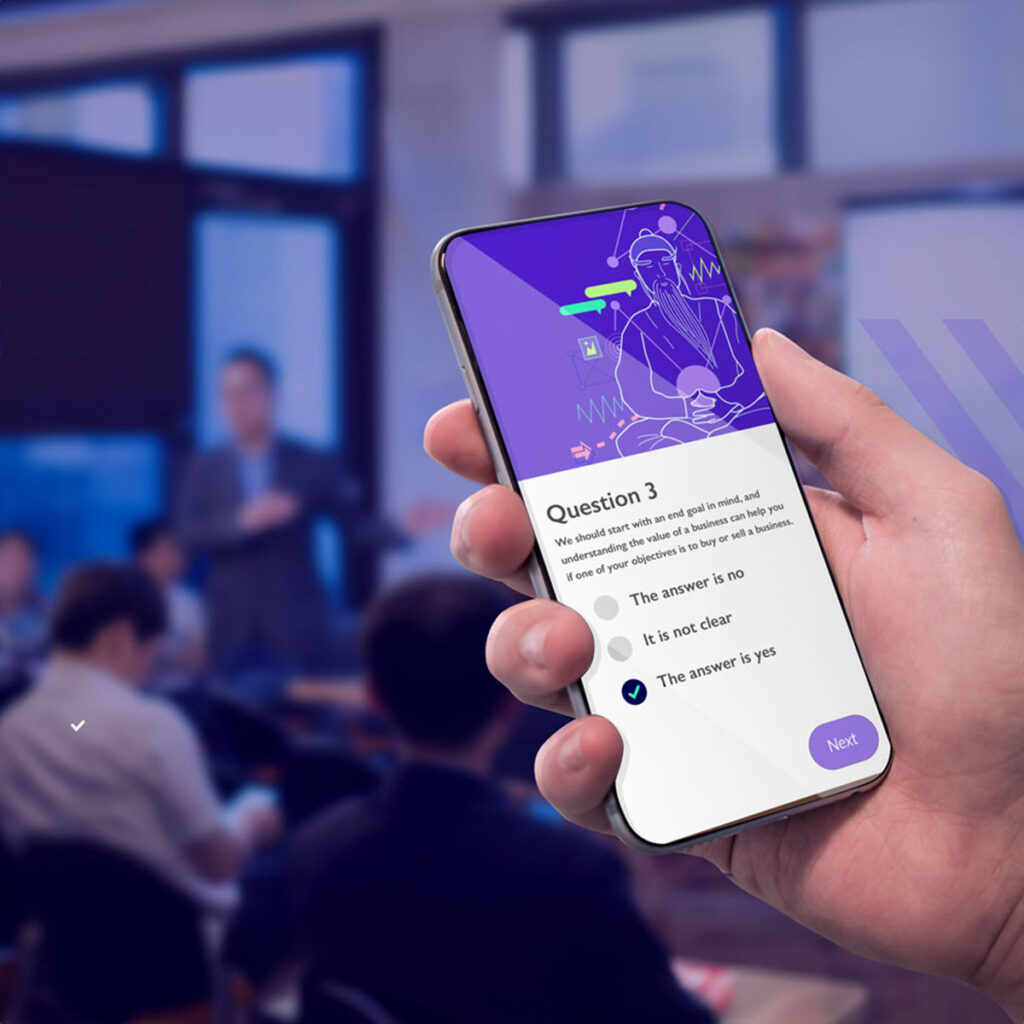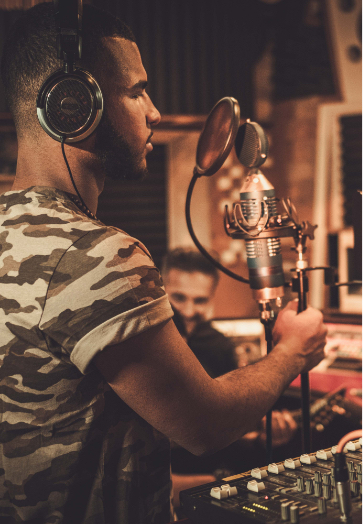
Blended Learning
Digital Learning for Preparation
One approach is to use Digital Learning (crosslink) to provide initial learning before an in-person workshop (or webinar).
This provides the opportunity to cover required background knowledge in a flexible, digital way.
Using Digital Learning is also the perfect way to collect information about the existing knowledgebase of your learners so that you can optimise the in-person learning.


Digital Learning Can Help
Appropriate assessment in the pre-workshop digital learning can help you to build a profile of existing knowledge, understand their priorities and then maximise the learning potential when you come together in-person.
Pre-learning works particularly well for time-poor learners, such as in manager enhancement programs, and for learners who may have language issues or are returning to learning after a significant absence. In both cases it allows the learners to spend as much or as little time as they need and can fit the learning around other activities.
Digital Learning as Revision or Follow-up Learning
Evidence shows that retention can be greatly improved by following up the learning at various intervals after the primary learning event.
These are also perfect opportunities to assess retained knowledge and provide new or revision learning to address any gaps in retention.
Depending on the nature of the learning and how much effort at integration is required, a follow-on piece of digital learning could occur from a week to six months after the main learning. In the case of a fairly simple but important skill learning training, a follow up between one week to one month later might be perfect. In the case of some training where a significant amount of soul searching is required afterwards and where it is important to assess how the training has impacted behaviour, a follow-up between one and six months might be optimal.

Digital Learning as Reference
Since everyone learns differently, you can also use Digital learning resources as a set of reference materials that learners can refer back to in their own time.
This is particularly important for skills that may be used infrequently. Providing these resources allows someone to review and relearn without the embarrassment of having to ask. This can be very important, particularly with certain types of learners.


Use In Person for What It Is Best At
In-Person learning is great, and many learners prefer it over digital.
But in-person is also the best way to teach certain things, such as verbal interactions and is a great opportunity to get learners to roleplay. It is also fantastic for brainstorming; in fact, any group activity works well in-person. It is also ideal when the instructor needs to observe how the learners have mastered a particular technique or approach, allowing immediate assessment and feedback.
But in-person learning can be expensive, especially when travel and finding replacement staff in required. This means it needs to be strategically used, and that is what blended learning is about.
Combinations
You can combine the above approaches in many possible ways. The diagram below shows one of them.
Pre-Workshop Digital Learning
- Assess existing knowledge, attitudes and priorities.
- Cover essential knowledge
- Provide optional coverage for those with knowledge gaps.
- Assess attitudes after the digital learning
In-Person Workshop
- Emphasis on experiential learning and sharing of experience.
- Ensure identified priorities are met and assess.
One Week Later Micro Digital Learning
- Quick refresher of key topics and action points for implementation.
- Online support forum open only to participants of the In-Person training, which remains in place from now on
Three Month Digital Learning
- Short recap.
- Focus is on assessing how the trainings have been used to change behaviours.
- Online support forum open only to participants of the In-Person training.
Digital Resources
- Cheat sheets
- Posters
- Process diagrams
- Summaries of key knowledge
- Online support forum open only to participants of the In-Person training
Successful Blended Learning
At Octivo we have used Blended Learning successfully in everything from critical safety skills training to cultural change programs with managers to complete university-level medicine, psychology, counselling and social work courses.










